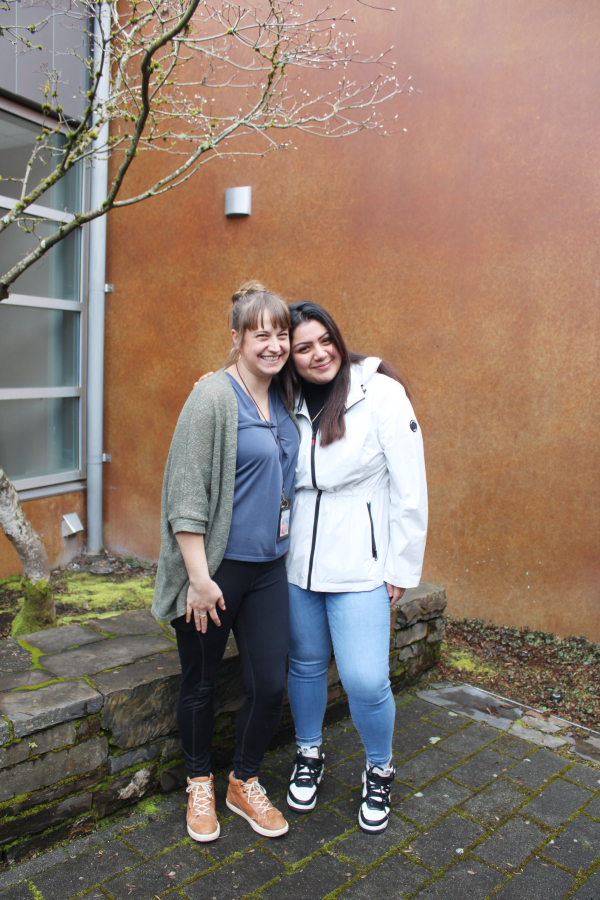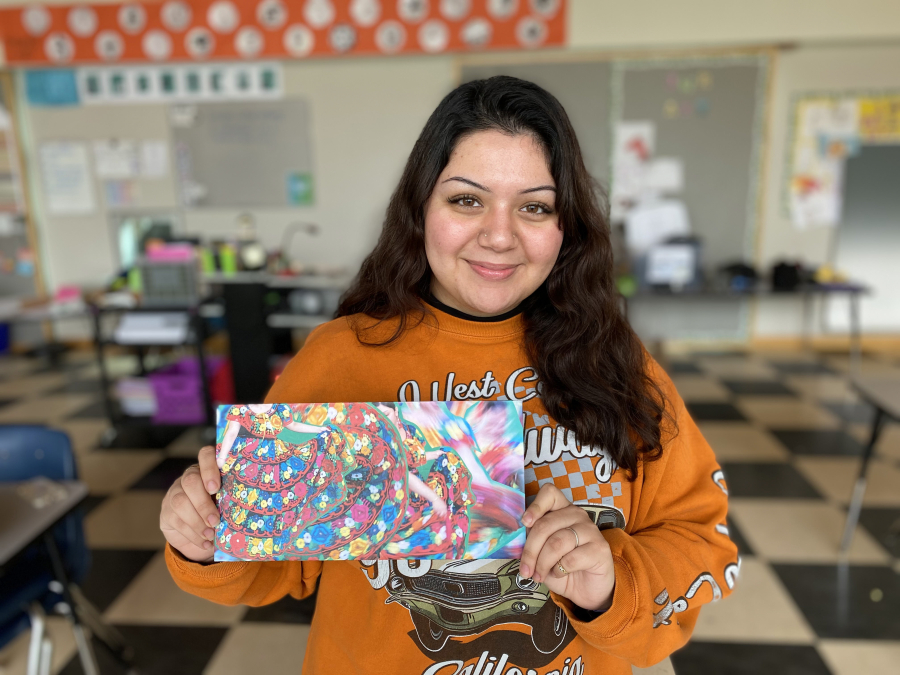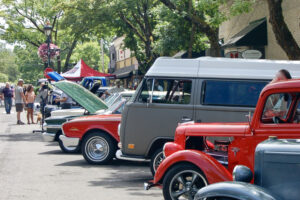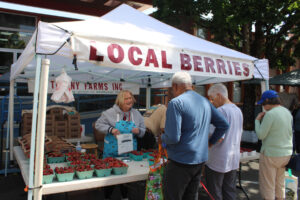When Maria Navarro Alejandres moved from Woodland to Camas five years ago, her friends warned her that the move might be difficult.
“My classmates told me that I wouldn’t fit in and that it would be extremely hard because I am a person of color,” Navarro Alejandres, 17, said of her move to Camas.






